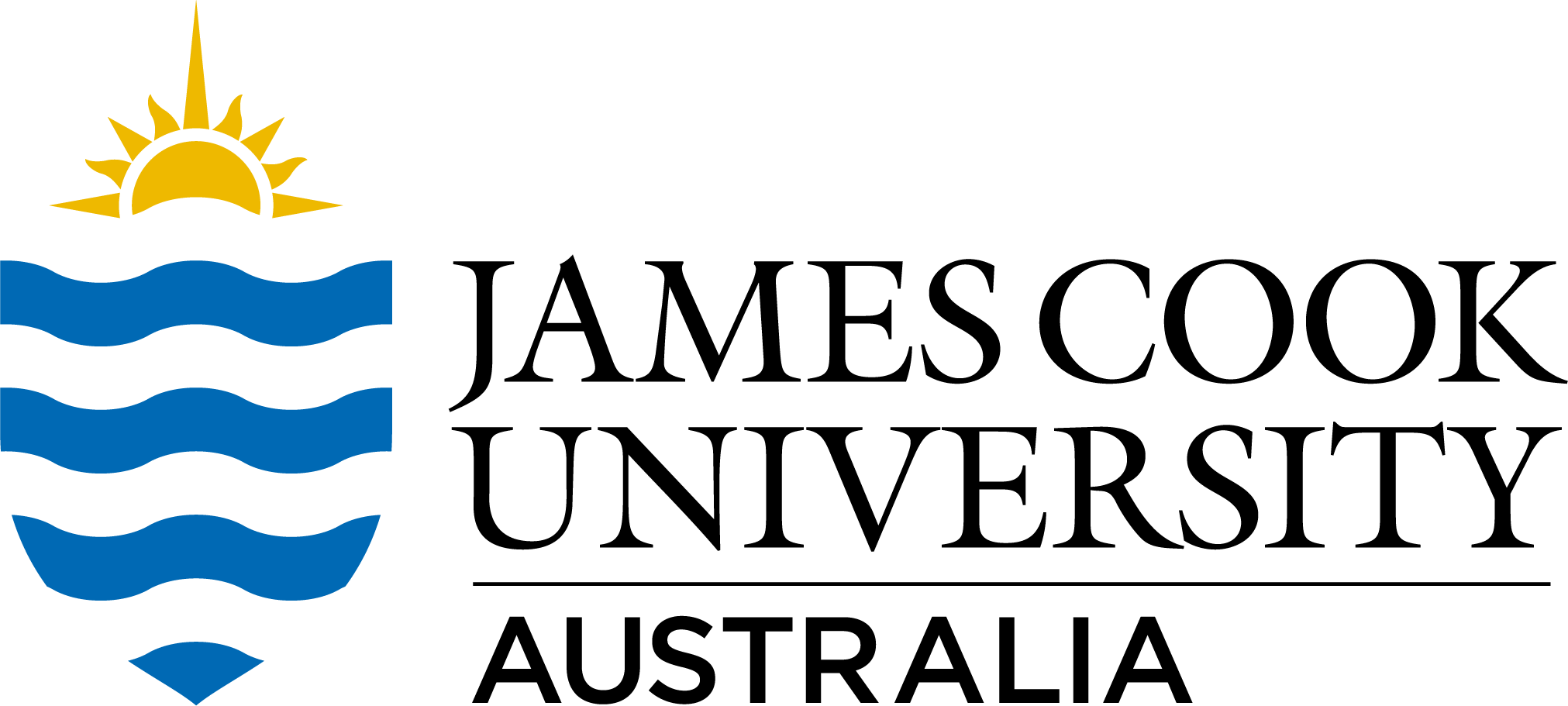Brief description
The CliMAS Reports site provides users with access to projected future regional temperature and rainfall under low and high greenhouse gas concentrations. It also provides a report on how climate suitability might change for Australian terrestrial vertebrate species in the region.
Full description
The CliMAS Reports site provides users with access to projected future regional temperature and rainfall under low and high greenhouse gas concentrations. It also provides a report on how climate suitability might change for Australian terrestrial vertebrate species in the region.
Currently there is a general lack of engagement and knowledge transfer between professional researchers and end-users of research (general public, conservation managers, decision-makers, etc.). This is reflected in a general lack of acceptance and acknowledgement by the public and stakeholders of the potential impacts of climate change, particularly on biodiversity.
Recently, researchers have begun to endeavour to make the results of their research public, however there are currently very few channels through which to communicate projected impacts on biodiversity.
The CliMAS Reports site provides a tool that reuses data available with Atlas of Living Australia (ALA) and the Tropical Data Hub to allow a broad range of end-users to explore the potential regional changes in temperature and rainfall and their impacts on terrestrial vertebrate species in Australia.
Process
The project produces both regional maps of change in temperature and rainfall by 2085 and a graph showing change over time under both low and high greenhouse gas concentrations. It then goes on to report on whether climate space is lost, gained or sustained within that region for all terrestrial vertebrate species.
The data is built from a set of current and future climate suitability maps for each species, generated for the CliMAS Suitability site. These use the occurrence records cleaned by experts and the MaxEnt algorithm to calculate climatological sensitivities for the species, then use those sensitivities to map climate/species suitability across Australia. Future climate data is projected using climate change scenarios described by the IPCC AR5 report and consolidated across a number of climate models, such that a climate suitability map is available for each intersection of a climate scenario and year modelled.
The datasets represent species distributions based on occurrence records from ALA prior to November 2012.
Technology
The CliMAS Reports front end was written in Ruby and uses an SQLite database. The backend consists of R scripts that process the Australian climate data and the species data generated in CliMAS Suitability to produce summary information relevant to the various regions.
The code for CliMAS Reports is available from https://github.com/jcu-eresearch/CliMAS-Reports and the documentation is on the CliMAS repositoty at https://github.com/jcu-eresearch/TDH-Tools.
Notes
This software has been build with support from the Australian National Data Service (ANDS) through the National Collaborative Research Infrastructure Strategy Program and the Education Investment Fund (EIF) Super Science Initiative, as well as through the Queensland Cyber Infrastructure Foundation (QCIF).
User Contributed Tags
Login to tag this record with meaningful keywords to make it easier to discover
- Local : jcu.edu.au/tdh/service/climas-reports

